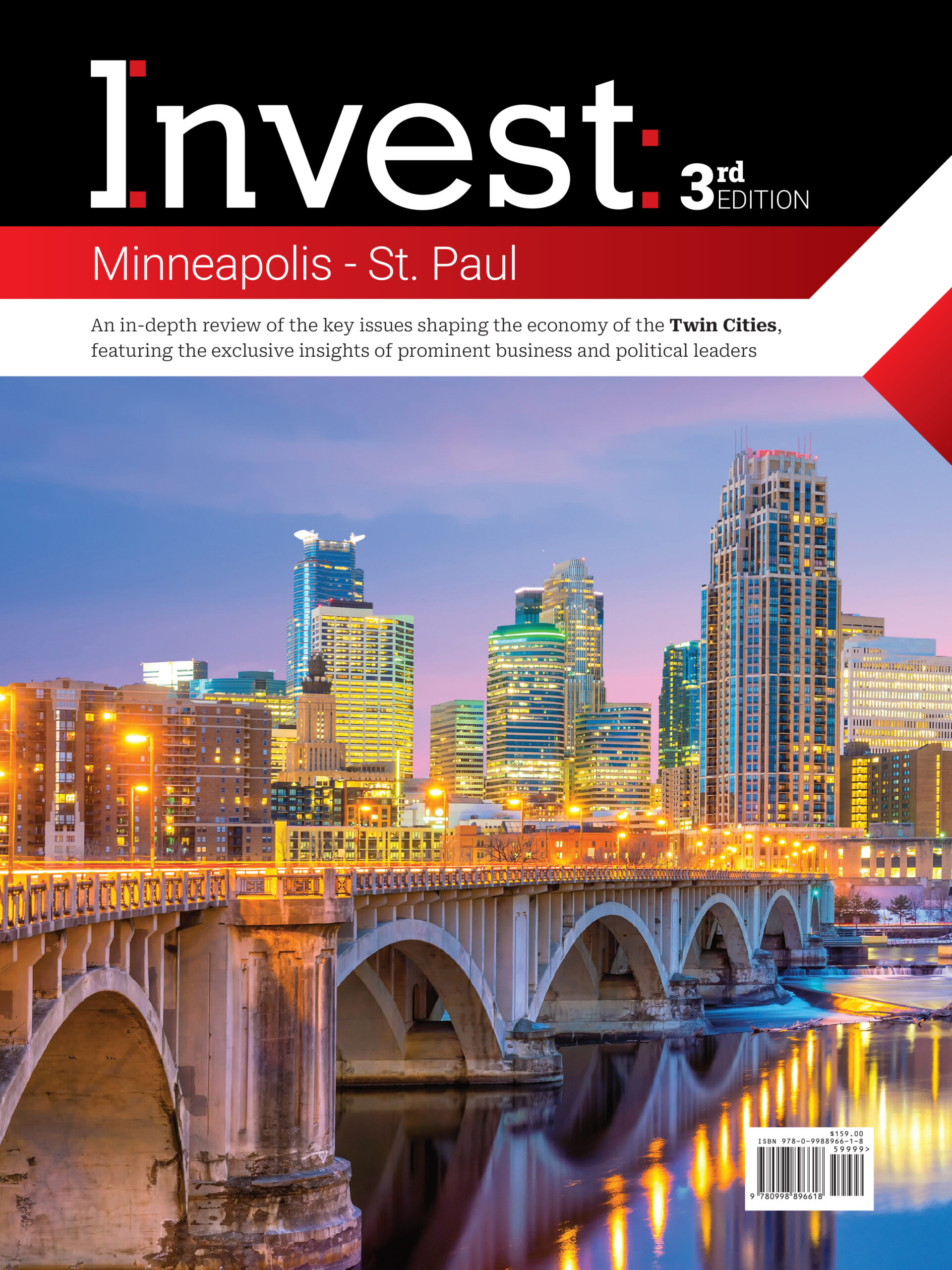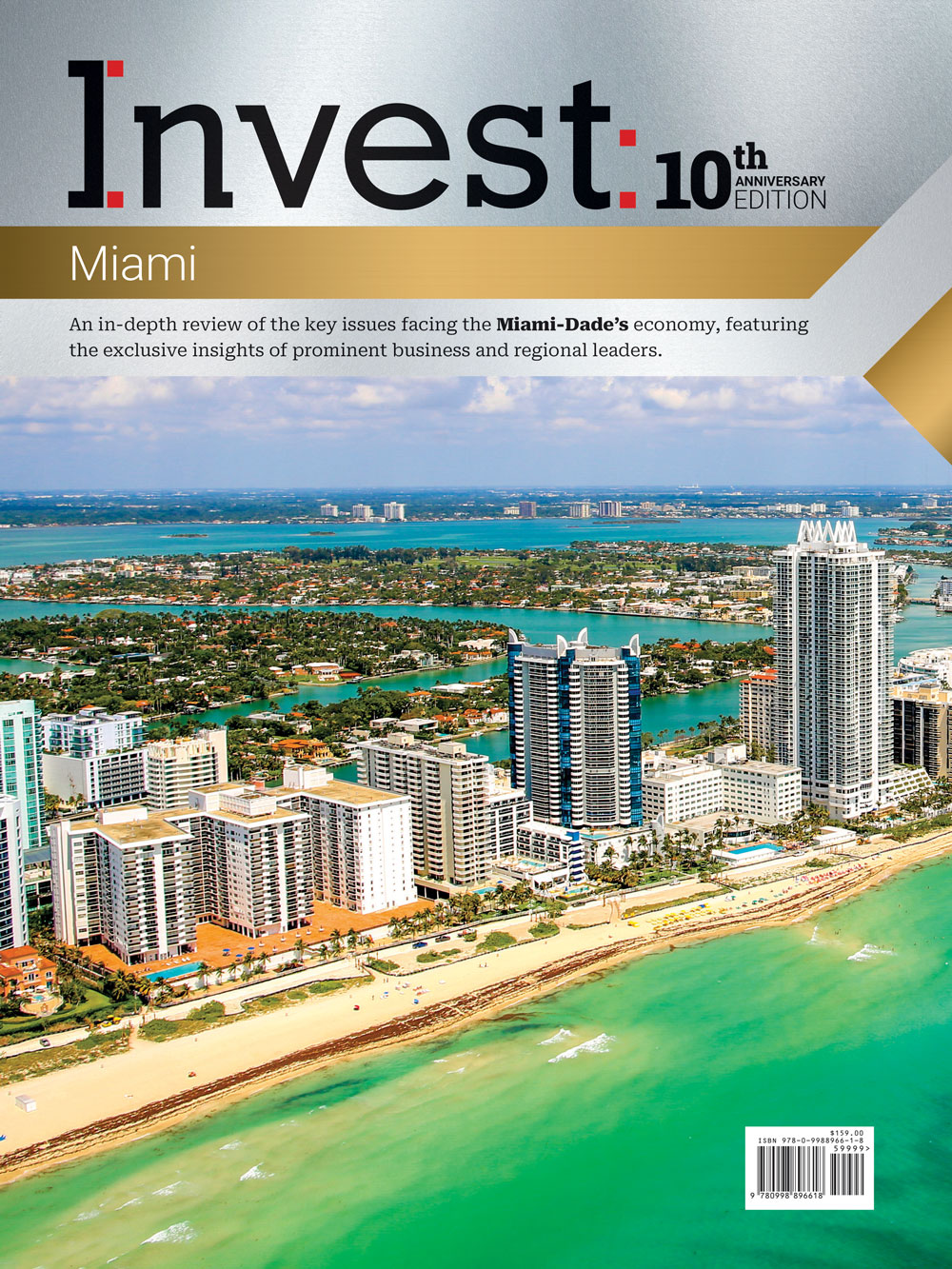Spotlight On: Michael Mesnard, President and Managing Partner, Cline Design
 December 2023 — In an interview with Invest:, Michael Mesnard, president of Cline Design, discussed the firm’s recent rebrand, its commitment to sustainability and the integration of AI and automation in the design process, highlighting the evolving trends in the architecture and design industry.
December 2023 — In an interview with Invest:, Michael Mesnard, president of Cline Design, discussed the firm’s recent rebrand, its commitment to sustainability and the integration of AI and automation in the design process, highlighting the evolving trends in the architecture and design industry.
Over the past year, what has been keeping the firm busy?
Over the past year, we worked on a full rebrand. The impetus behind it was to better reflect our company’s evolution over the past few decades. We’ve grown from a small architecture firm to a full-service design firm with a team of over 100 employees. We’ve also expanded our reach beyond North Carolina to include projects all over the country. We wanted our brand to reflect our commitment to design excellence, our collaborative approach and our passion for creating places where people want to be.
We’ve been in the midst of a rebrand for the past year, which we rolled out publicly on August 31. We have a new logo, a new website and a new brand identity. We’re really excited about the new brand and we think it reflects our company’s values and mission perfectly.
What would you say sets Cline Design apart from your competitors?
Our competitive advantage is our commitment to elevating design excellence. We have a team of highly skilled and experienced designers who are passionate about creating innovative and inspiring designs. We also have a collaborative approach to design and we work closely with our clients to understand their needs and goals. We’re committed to delivering designs that meet the highest standards of quality and functionality.
Considering the Triangle region, what are some of the fundamentals that make this a strong market to be in?
What makes our market so great is its location. We are in both Raleigh and Charlotte, and the market conditions are quite promising despite some initial challenges. From the pandemic, we’ve seen a steady recovery in the real estate and construction sector. There’s a growing demand for mixed-use developments, affordable housing solutions and sustainable construction practices in the area. And those are all things that are at the core of our practice.
How does the firm incorporate sustainability into its projects?
Sustainable design is intertwined with our approach. We integrate energy-efficient technology, green materials and renewable energy solutions into our projects. It benefits the environment and reduces long-term operating costs for our clients. Sustainable design is more at the forefront of the development community, as developers recognize that it can help to sell their projects and set them apart from the competition
What type of projects are experiencing a surge in demand?
We’re primarily a multifamily, mixed-use firm and that continues to be our focus. We’re also constantly involved in affordable housing, senior housing and student housing projects. That continues to be the focus of our business, as that is what people are looking for when they move here. It drives our business and the different project types that we have.
Are there any characteristics that people are looking for in their spaces?
What we’re really seeing is a continued trend of work from home which has impacted the amenity spaces in projects. Similarly, a lot of the projects that we worked on prior to COVID have gone from two bedrooms to one bedroom and a den so that individuals can have a place to work from home. We’re also seeing a variety of people who work from home and work in the office. One of the trends we’re seeing in our projects is adaptability. It’s creating spaces that can be adaptive and used for different things throughout the day.
How do you assess the potential impact of the current economic factors?
Economic fluctuations are inevitable, but we’ve learned to adapt by diversifying our project portfolio, maintaining financial discipline and focusing on long-term client relationships. This helps us weather downturns and continue to develop and deliver quality projects.
Recently, we brought some developers into the office to learn more about their process, especially in this challenging environment. With interest rates and the different returns that their equity partners are looking for, it’s making deals a longer process. But, we’ve learned a lot about what developers are dealing with right now and it’s given us a better understanding of their spreadsheets and analysis.
How do you balance the creative aspects of your work with the practical considerations required to make projects commercially viable?
We’ve been in business for 34 years and understand that we’re not a design firm with egos. We collaborate with our clients and contractors early on to make sure we’re all on the same page. And while we have some great clients who want to push the envelope, we also understand that some projects are more practical than others. The kind of atmosphere we have at our firm is a collaborative process where everyone is brought together to make the best possible project.
What is your outlook for the future of the design and architecture industry in the Triangle?
We remain very positive about the direction things are heading. This sentiment isn’t unique to our business; it’s shared by other architectural firms, contractors and clients we’ve spoken to. We often attend industry events where it seems like everyone is echoing similar sentiments, which is all good news. While things have slowed down a bit, we see it as a manageable pace. It’s a welcomed change compared to the rapid pace of the past few years. This slowdown has allowed us to focus on our internal strategic initiatives and further develop our design standards and processes. So, from that perspective, it’s been quite beneficial.
What emerging trends or developments will shape the industry in the next couple of years?
One of the prominent trends we’re witnessing in our industry is the integration of AI and automation into the design process. It’s a topic that frequently surfaces in articles, discussions and industry events. Developers are increasingly incorporating technology into their projects. For instance, some developers are implementing systems where your smartphone is your key to accessing your apartment, managing packages and controlling lighting. Despite the associated costs, developers are investing in such innovations. Automation extends to other aspects as well, such as modeling and renderings, transforming how we do business. The exciting part is how AI is shaping the future, not just in the design and modeling phases but in the actual buildings we will occupy. The younger generation is incredibly adept at adopting and adapting to these technologies. The competition among companies to create superior rendering packages is fierce, not only within our industry but also across construction as a whole. We’re even seeing robots capable of laying bricks and it’s not a distant future; it’s becoming a reality.
For more information, visit:













